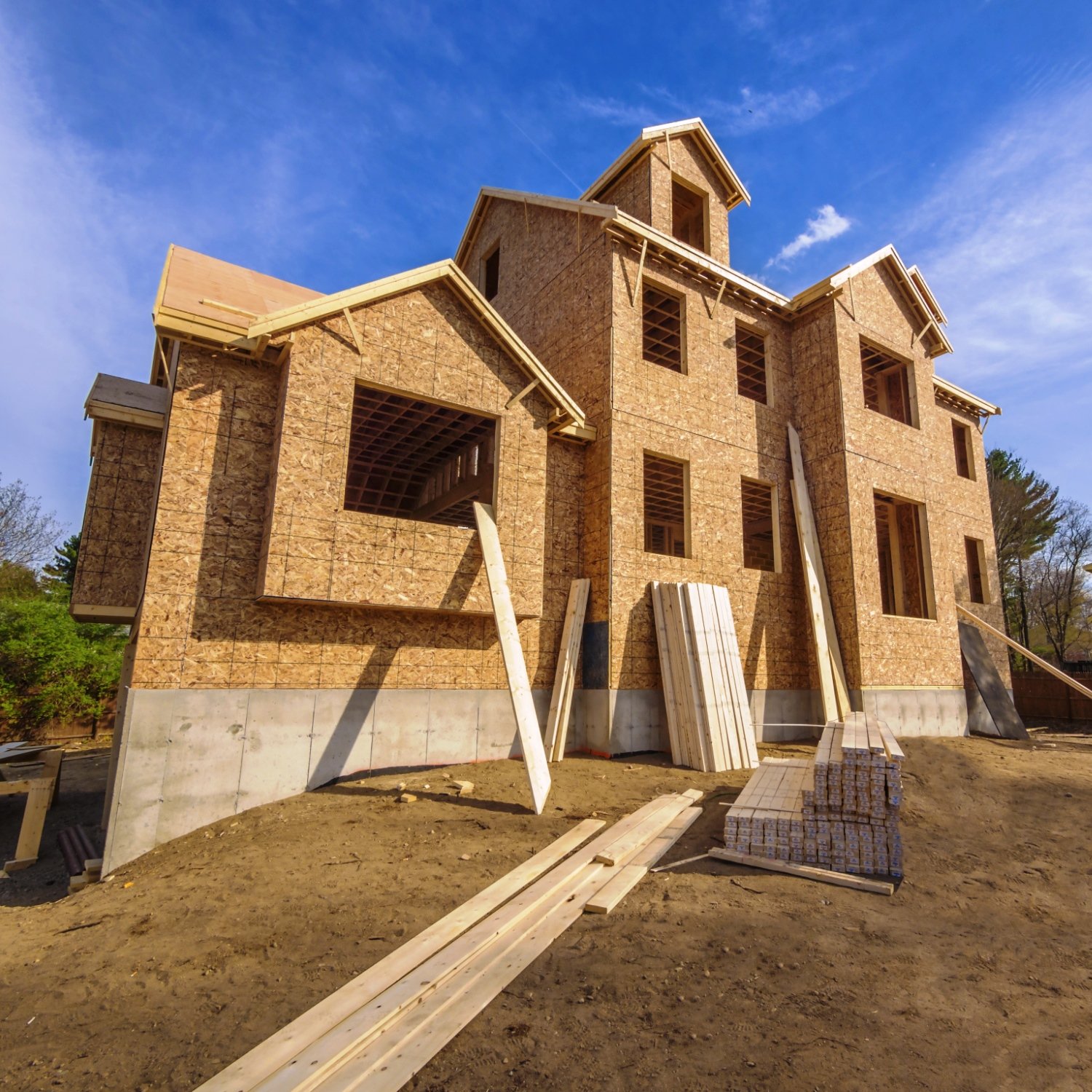Housing
New Construction Spending Up Slightly in March

Published:
Last Updated:

The U.S. Census Bureau reported Monday morning that construction spending in March rose by 0.3% to an estimated seasonally adjusted annual rate of $1.137.5 trillion from the downwardly revised estimate of $1.133.6 trillion in February. Compared with March 2015, total spending is up 8%.
For the first three months of 2016, new construction spending rose 9.1% to an estimated total of $240.4 billion, compared with the 2015 total of $220.3 billion.
The consensus estimate by economists surveyed by Bloomberg News called for a rise of 0.5% in construction spending for March.
For the month of March, private residential construction rose 1.6% month over month to $435.5 billion. Private nonresidential construction rose 0.7% month over month, and total private construction spending on a seasonally adjusted annual basis rose 1.1% to $842.33 billion, compared with a revised February total of $832.79 billion.
In the private sector, single-family residential construction is 13.4% higher than it was a year ago and multifamily construction is up 34.6% from March 2015. Private, nonresidential construction is up 7.6% year over year.
In the public sector, seasonally adjusted total spending fell 1.9% compared with February, and it is now 6.7% higher compared with March 2015. Spending on educational facilities increased by 0.4% month over month and is up 9.4% from March 2015 spending. Public residential construction fell 2.5% month over month and remains down 1.2% compared with March 2015.
Private-company spending on new housing remains up sharply year over year. Private sector spending on nonresidential construction spending is up 1.7% month over month and up more than 9% year over year. Total public and private construction spending is up 8% compared with March 2015.
A financial advisor can help you understand the advantages and disadvantages of investment properties. Finding a qualified financial advisor doesn’t have to be hard. SmartAsset’s free tool matches you with up to three financial advisors who serve your area, and you can interview your advisor matches at no cost to decide which one is right for you. If you’re ready to find an advisor who can help you achieve your financial goals, get started now.
Investing in real estate can diversify your portfolio. But expanding your horizons may add additional costs. If you’re an investor looking to minimize expenses, consider checking out online brokerages. They often offer low investment fees, helping you maximize your profit.
Thank you for reading! Have some feedback for us?
Contact the 24/7 Wall St. editorial team.